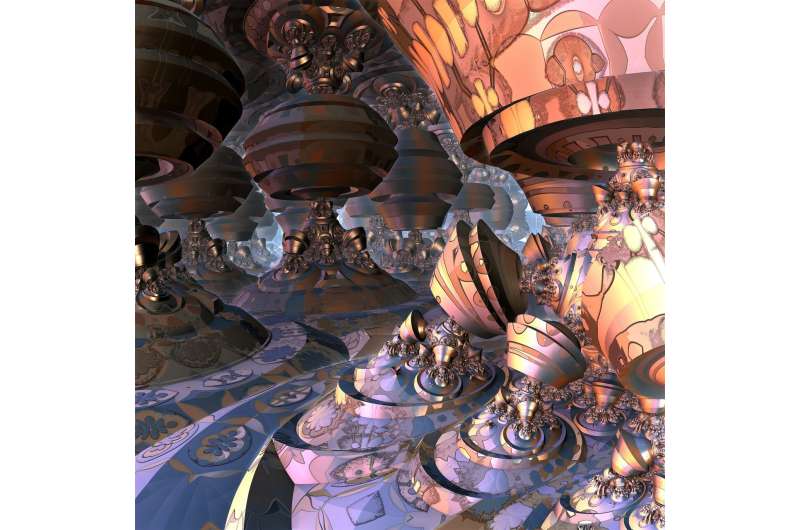A novel graphene-matrix-assisted stabilization method will help 2-D materials become a part of quantum computers

Scientists from Russia and Japan found a way of stabilizing two-dimensional copper oxide (CuO) materials by using graphene. Along with being the main candidates for spintronics applications, these materials may be used in forthcoming quantum computers. The results of the study were published in The Journal of Physical Chemistry C.
The family of 2-D materials has recently been joined by a new class, the monolayers of oxides and carbides of transition metals, which have been the subject of extensive theoretical and experimental research. These new materials are of great interest to scientists due to their unusual rectangular atomic structure and chemical and physical properties, and in particular, a unique 2-D rectangular copper oxide cell which does not exist in crystalline (3-D) form, as opposed to most of the 2-D materials, whether well-known or discovered lately, which have a lattice similar to that of their crystalline (3-D) counterparts. The main hindrance for practical use of monolayers is their low stability.
A group of scientists from MISiS, the Institute of Biochemical Physics of RAS (IBCP), Skoltech, and the National Institute for Materials Science in Japan (NIMS) discovered 2-D copper oxide materials with an unusual crystal structure inside the two-layer graphene matrix using experimental methods.
"Finding that a rectangular-lattice copper-oxide monolayer can be stable under given conditions is as important as showing how the binding of copper oxide and a graphene nanopore and formation of a common boundary can lead to creation of a small stable 2-D copper oxide cluster with a rectangular lattice. In contrast to the monolayer, the small copper oxide cluster's stability is driven to a large extent by the edge effects (boundaries) that lead to its distortion and, subsequently, destruction of the flat 2-D structure. Moreover, we demonstrated that binding bilayered graphene with pure copper, which never exists in the form of a flat cluster, makes the 2-D metal layer more stable," says Skoltech Senior Research Scientist Alexander Kvashnin.
The preferability of the copper oxide rectangular lattice forming in a bigraphene nanopore was confirmed by the calculations performed using the USPEX evolutionary algorithm developed by Professor at Skoltech and MIPT, Artem Oganov.
The studies of the physical properties of the stable 2-D materials indicate that they are good candidates for spintronics applications.
More information: D. G. Kvashnin et al, Two-Dimensional CuO Inside the Supportive Bilayer Graphene Matrix, The Journal of Physical Chemistry C (2019). DOI: 10.1021/acs.jpcc.9b05353
Journal information: Journal of Physical Chemistry C
Provided by Skolkovo Institute of Science and Technology (Skoltech)



















